|
The Royal Ulster Rifles A Short History 83rd
Foot - 86th Foot 1930
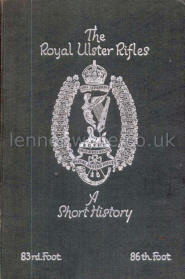
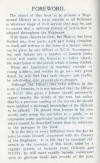
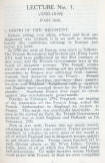
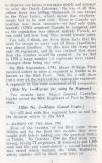
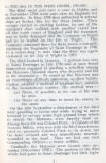
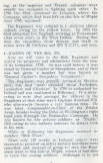
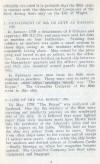
Foreword - Birth of the Regiment (1793-1819)....
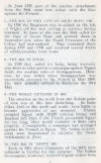
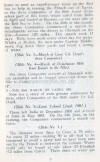
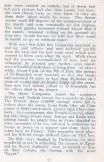
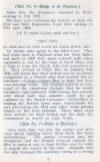
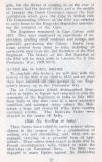
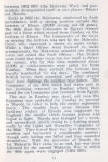
Birth of the Regiment (1793-1819) continued
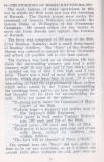
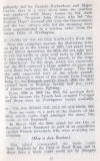
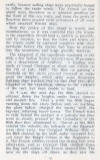
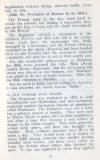

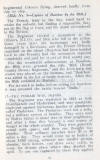

Birth of the Regiment (1793-1819) continued

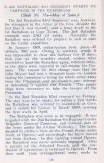
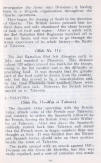
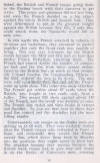
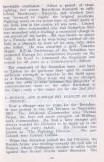
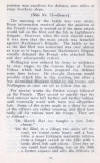
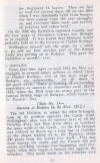
(1809 to 1814)

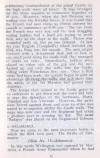




(1809 to 1814)
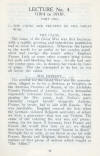


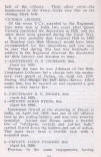

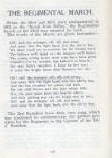
(1914 to 1918) - Afterword - The Regimental March
~~~~~~~~~~~
State Entry into Belfast of His Grace The Governor
of Northern Ireland
26th February 1923
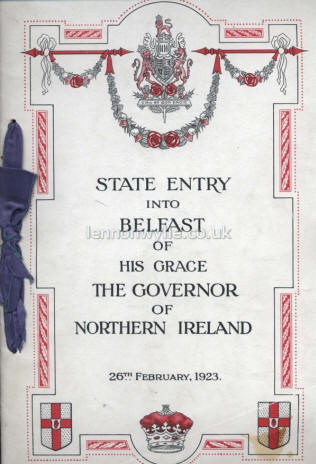
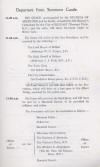





Departure from Stormont Castle - Arrival at Ulster Hall -
Appendix A. - Appendix B.







Appendix B.
~~~~~~~~~~
Victory Day
Celebrations June 8, 1946
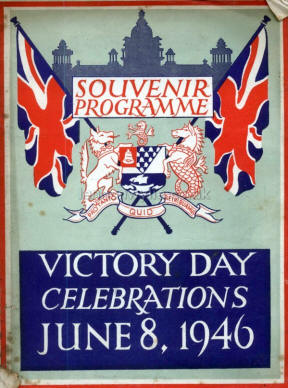
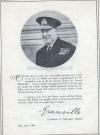
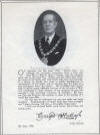



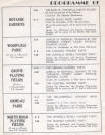
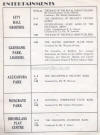
Official Programme - Summary of Events - Peace Celebrations - Programme of
Entertainments

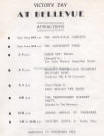




Football Match - At Bellevue - National Fire Service - Fireworks
~~~~~~~~~~
History of the 17th (Armoured Car) Tank Battalion
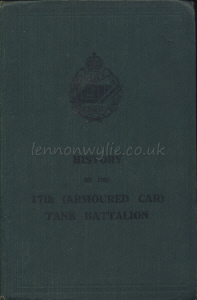
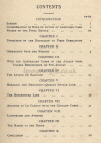

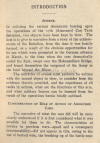  
This History is presented by the Colonel and Original Officers to all
Ranks of the 17th Battalion as a Souvenir of their memorable journey from
Wool to the Rhine and as a record of the part they played in the Great War.
Printed by Gale & Polden Ltd., Wellington Works 1920
Operations during The Battle of 1918 compiled from Original Notes and
Accounts May 1919
Contents: Introduction;
Chapter I Formation of the Battalion to First Operations; Chapter II
Operations with the French; Chapter III With the Australian Corps in the
Attack from Villers Bretonneux on 8th August; Chapter IV The Attack on
Bapaume; Chapter V Breaking the Drocourt, Queant Switch Line; Chapter VI The
Hindenburg Line; Chapter VII Advance to Le Cateau with the Cavalry Corps;
Chapter VIII Landrecies and Avesnes; Chapter IX The March to the Rhine;
Chapter X Conclusion. Appendix I Chronological Table; Appendix
II Order Constitution the Battalion/Establishment; Appendix III Officers of
the Battalion who Originally went Overseas; Other Officers who Served with
the Battalion; Notes on Service of Officers of the Battalion; Appendix IV
Honours Gained By The Battalion;
Casualties; Appendix V
Maps
Introduction
Scheme: In collating the various documents bearing upon the operations of
the 17th (Armoured Car) Tank Battalion, two objects have been kept in view.
The first is to give in narrative form a story of the achievements of the
Battalion, from the time it was hastily formed, as a result of the obvious
opportunities for its which were presented in the German advance in March,
to the time when the cars dramatically ended the Epic, swept over the
Hohenzollern Bridge, and found themselves the vanguard of the Army in the
land beyond the Rhine. The narrative of events must perforce be
written with the second object in view, to consider from the evidence
therein provided, and the experience of all ranks in actions, what are the
functions of this arm, and what military lessons can be learned from the
result of the operations herein briefly outlined. Consideration of
Role of Action of Armoured Cars. The narrative of what the cars did
will be more clearly understood if it is first considered what it was
possible for them to do. The characteristics of cavalry in previous wars -
speed and a consequent invulnerability - did not appear in this, owing to
the use of barbed wire, the breaking up of the battle zone by the spade and
explosives, and more especially increased accuracy and speed of small arms
fire. The functions of reconnaissance, the moral and physical effect of
brilliant raids against an enemy's communications, the overwhelming and
capture of nodal points by a surprise charge, the saving of roads and
bridges from demolition, the pursuit of a broken enemy, the harrying of the
advance guards of a victorious one; all these operations could no longer be
entrusted to the cavalry, and the Air Service but imperfectly supplied them.
The Armoured Car Battalion was formed originally to supply the last, but had
the honour eventually of carrying out almost all of them. Heavy tanks broke
the trench line; the cars were towed over the broken zone, and were loosed
at the enemy in the unbroken country beyond. The consideration of the
achievements of one hastily-formed Battalion cannot but compel the thought
of what might have been done with twenty times that number. In forming
a just estimation of the potentialities of a new weapon, and its ultimate
place in the scheme of war, two factors must be allowed for - the undue
optimism of its supporters, and the initial surprise effected upon the
enemy, who, presumably, will not yet have provided himself with an adequate
reply. To be placed against that there are the imperfections inevitable in a
new untried machine, and the inexperience of the crews in handling it. The
experience, both technical and tactical, gained by the Battalion during the
operations has been considerable, and has tended entirely to confirm the
original faith in this arm. The enemy has not, so far, produced any
certainly effective reply. The only retaliation seems to be an improvement
in armoured vehicles, which provide the mobility and fire power that have
always been such an important factor in war. Phases of the Final
Battle. Upon the Feast of St. Michael, 21st March, 1918, at dawn,
there began the most protracted, the most severe, and the most important
battle of history. It lasted for seven and a half months, over a front
of 220 miles or more, and from first to last 6,000,000 men were engaged in
it. There were four distinct phases in the fighting. The enemy successes of
the first four months. The great reaction on the 18th July, which,
everywhere relentlessly exploited, in less than two months drove the Germans
back to their Hindenburg Line. The attack upon this line on the 26th of
September, which in four days broke it along its whole length; and finally
the collapse of the enemy moral, which terminated in the capitulation of
11th November, whereby the enemy surrendered their guns, their aircraft,
their transport and their fleet, their prisoners of war, their fortresses
and the gateways of their country. The 17th Armoured Car Battalion was
formed as a result of the first phase, took an active part in each of the
others, finished up the last as the most advanced troops of the Allied
Armies, and maintained that position until they were the first troops of the
British Armies to reach the Rhine.
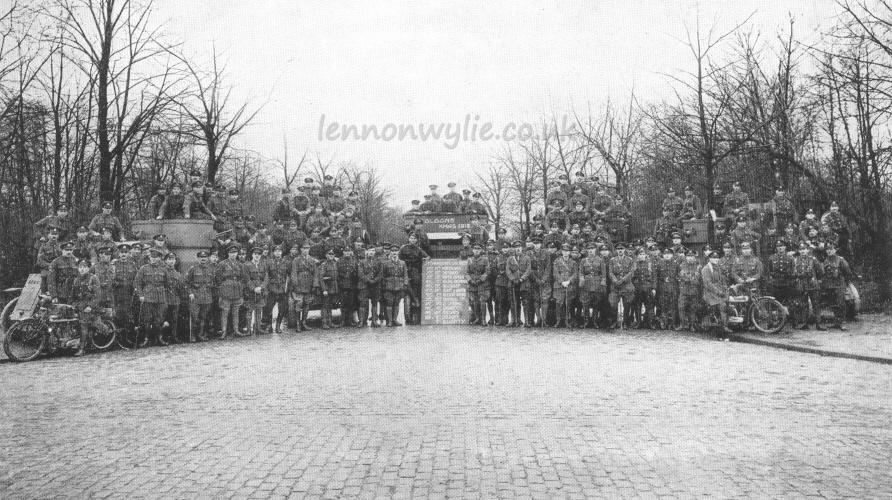
Photo of Battalion immediately after its arrival in Cologne.
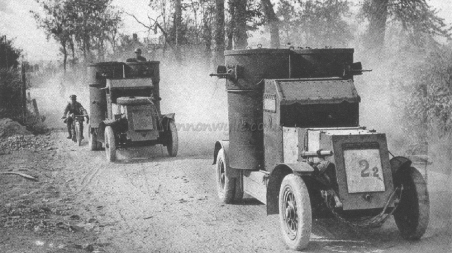
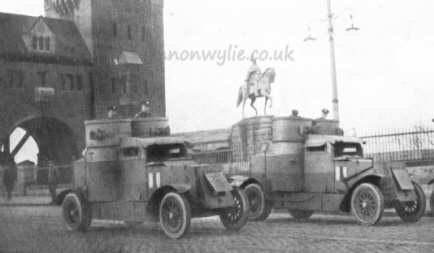
Armoured Cars on Patrol
The first troops to reach and cross the Rhine. Photo shows
the two leading Cars on the East side of Hohenzollern Bridge
Casualties: 11th June - Killed
304916 Pte. Robinson, F.
12th June - Killed Count Henri de Sainte-Seine (Interpreter)
12th June - Wounded Lt.-Col. E. J. Carter (remained at duty)
Sec.-Lieut. G. B. Brown
12th July - Wounded 308665 Pte. Fyson, G.
8th August - Wounded (Remained at Duty): Lieut. N. C. Wood; Lieut. C.
A. Blencowe; Lieut. A. C. Wood; Lieut. J. T. Yeoman; 96458 L.-Cpl. Ladd, T.;
304840 Pte. Heggie, R.; 205225 Pte. Beesley, R.; 304555 Pte. Burgess, F.;
309298 Pte. Edmonds, F.
21st August - Killed 309255 Corpl. Nicoll, W.
21st August - Wounded: Lieut. E. J. Rollings, M.C.; 78500 S.-Sgt.
Daniel, R.; 205343 L.-Cpl. King, T.; 309112 Pte. Richards, A.; 309237 Pte.
Alabaster, W.; 304865 Pte. Magill, C.; 309088 Pte. Balch, F.; 304553 Pte.
Clark, E.
21st August - Prisoner of War 92831 L.-Cpl. Wilson, H.
25th August - Wounded: Sec.-Lieut. W. James; 309259 Pte. Summersby,
S.
25th August - Gassed: 304391 Pte. Aldritt, L.; 309291 Pte. Benstead,
C.
2nd September - Killed Lieut. N. C. Wood, M.C.
2nd September - Missing (believed killed) 309088 Pte. Balch, F.
2nd September - Accidentally killed L.-Cpl. Brown, J.
2nd September - Wounded: Lieut. C. A. Blencowe; 304392 Pte. Waller,
P. W.; 304840 L.-Cpl. Heggie, R.
2nd September - Gassed 309298 Pte. Edmonds, F.
29th September - Killed 309335 Pte. Taylor, H.
29th September - Died of Wounds: 78670 Pte. Sheard, W.; 309334 Pte.
Toulson, W. (Oct. 6th.)
29th September - Prisoners of War: Sec.-Lieut. J. H. Davies;
Sec.-Lieut. F. H. Phippard; 309299 Pte. Fieldhouse; 304866 Pte. Flanagan,
R.; 304574 Pte. Hawley, J.; 304375 Pte. Blake, P.; 309322 Pte. Pettifier, F.
29th September - Missing: 308284 Sgt. Cranston, H.; 304554 Cpl.
Dickson, T.; 309329 Pte. Smartt, A.; 309309 Pte. George, R.; 308662 Pte.
Harmsworth, A. W.
29th September - Wounded: 304569 Sgt. Collett, H. O.; 304356 Cpl.
Rhodes, G.; 308615 Pte. Haynes, F.; 309341 Pte. Woodcock, S.; 304566 Pte.
White, W.; 304583 Pte. Oliver, W. (remained at duty); 308615 Pte. Harper, J.
10th October - Wounded 304632 Pte. Bishop, A. C.
4/6th November - Wounded: Lieut. A. C. Ridlington; 304561 Pte.
Edwards, R. (4th); 309249 Pte. Howard, H.; 304373 Pte. Pitchford, J.; 309324
Pte. Roberts, E. L.
Maps







1
2
3
4
5
6
7
1) Ravenel Operations
2) Villers Bretonneux Operations, August 8th, 1918
3) Bapaume and District Operations, August 21st to 25th 1918
4) Drocourt - Queant Line Operations, September 2nd and 3rd, 1918
5) Hindenburg Line Operations, September 29th, 1918
6) Le Cateau Operations, October 9th and 10th, 1918
7) Landrecies to Liesses Operations, November 4th to 11th, 1918
~~~~~~~~~~













Bangor Abbey 1400 Years Exhibition Catalogue
June 1958
A Catalogue of the Exhibits in the Historical Section
~~~~~~~~~~
Rev. John A. Bain
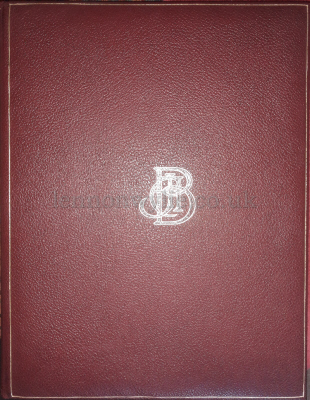  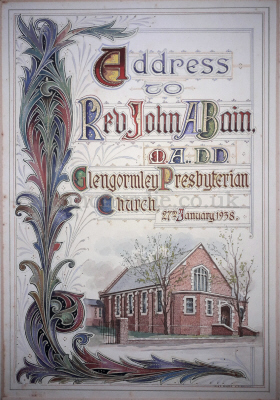
Address to Rev. John A. Bain, M.A., D.D. Glengormley
Presbyterian Church 27th January 1938
W. & G. Baird, Ltd., Belfast
Reverend,
and Dear Sir, We, the Interim Kirk Session Committee and Members of
Glengormley Presbyterian Church, feel that we cannot allow you to retire
from the oversight of this Congregation without expressing something of
the esteem in which we hold you and of our gratitude for all that you
have done for us.
Since your coming amongst us almost three years ago you
have won for yourself a secure place in our hearts. The value of the
work you have accomplished for Glengormley Presbyterian Church is beyond
computation, and words are inadequate to express our very sincere and
deep feelings.
We cannot be too thankful that it was to your capable
hands the establishment of the Congregation was entrusted. The choice of
the Extension Committee was indeed a fortunate one and you have, like a
wise master builder, laid a secure foundation on which others may safely
build. Our beautiful Church Hall is a memorial to your work.
Your ability as a preacher merits special reference.
Your sermons from Sabbath to Sabbath have invariably been characterised
by ripe scholarship, sound doctrine, clear exposition and language
beautiful in its simplicity.
Your earnest exhortations to Christian Charity and
Consecration will we hope, bear fruit in lives dedicated to the Master
whose love you have so faithfully proclaimed.
The Missionary cause lies very close to your heart and
the claims of our Missions have ever found in you an eloquent advocate
and a most generous supporter.
In pastoral work we regret that your activities were
restricted by advancing years, but as long as health permitted you
visited homes afflicted by sickness or death. There your unfailing
understanding and sympathy gained you a ready welcome and enabled you to
lead Burdened hearts to the source of comfort and consolation.
Notwithstanding the strain of pulpit and pastoral
duties you have ungrudgingly given your time and talents to the other
departments of congregational work. From your deep interest and wise
guidance our various organisations have benefited much.
We are grieved to learn that you feel unable to
continue the duties incumbent on you as our Minister. Your courtesy,
your kindliness and your consistent practical Christianity have endeared
you to us all.
We ask your acceptance of this Album as a token of our
deep affection and high esteem. Our earnest prayer is that God may
bless you abundantly and give you Peace at Eventide. We are, Yours
sincerely Members of Interim Session: David Irwin - ? - Wm. Corkey? -
Thos. M. Johnstone - A. F. Woody - John Maughin - Edward J. Diffey -
Hugh McNeill
Member of Committee: R. M. Sibbett, Hon. Treasurer;
Thos. J. P. McLoughlin, Hon. Secretary; Samuel McBride, Andrew Wood,
Robert Jennings, Hugh Mullin, R. A. ?; John Beattie, William J. Strange,
Robt. J. Cooper, J. W. Poots, Edgar McKee, H. J. Belshaw, John Paisley,
W. J. Robinson, James Gordon, Charles Longwell.
Congregation: Andrew McNeill, Mrs. Capper, Margaret
McWhirter, Wm. Simms, Duncan MacLaren, Robt. J. Crozier, Anne Belshaw,
Molly Dundee, Elsie Beattie, Bee Jennings, R. M. Sibbett (Junr.), A.
Moir, Marion McLoughlin, A. D. Newton, J. W. Newton, S. McLaughlin, J.
McLoughlin, Hugh R. Ashcroft, Mary Conway, Sadie McCullough, Sarah
McCullough, Agnes McCullough, Elsie Johnston, Mrs. J. W. Poots, Nan
Stewart, Rachel McClean, Sadie Beggs, James Buick, Mary Ellen Strange,
Thos. J. Hill, Stanley Hull, Hugh Beattie, Eddie Keith, Thos.
McCutcheon, Andrew Kerr, Joseph Stevenson, Agnes Stevenson, Kathleen
Turkington, James Beggs, Margaret McConkey, J. E. Stafford, Madge
Stafford, Margaret Jennings, Ina Beattie, Sam. G. Millar, W. G. Sibbett,
Martha J. Strange, M. McLaughlin, Miss McLaughlin, Sally Stranaghan, J.
S. McBride, Beryl Sibbett, Minnie Sibbett, J. S. Conway, Ernest H.
Crozier, M. Simmons, M. McKinney, I. Stranaghan, S. J. Wilson, John
Montgomery, Jane E. Montgomery, Peggy Dundee, Agnes H. McCollam, Mrs.
Johnston, Helen Greer, Betty Thompson, Molly Moore, William Johnston,
Robert Patton, Thomas McBride, Thomas McCaul, Martha Longwell, John
Porter, Mary Porter, W. J. Wilson, A. Lee, Mrs. Emma Wilson, Mrs.
William Smyth, Miss E. Smyth. Miss Sadie Williamson, William McCarey,
George Vance, Lottie Beggs, John Montgomery, Junr., David McGall, R. F.
Bell, S. Creighton, Anne Aikin, Martha Morrison, Mary Gordon, Annie
Robinson, Leslie Jennings, Mary Nicholson, Lily Nicholson, William
Mawhinney, Samuel C. Mawhinney, Pearl B. Garratt, Sarah Saunders, Evelyn
Saunders, Wm. Newton, R. Newton, Jane T. Patrick, A. Davison, P. Killops,
J. Agnew, M. Agnew, I. Picken, G. Moir, I. Moir, Mrs. D. McClean, Mollie
Moir, Ena Cooper
~~~~~~~~~~
|


































































































